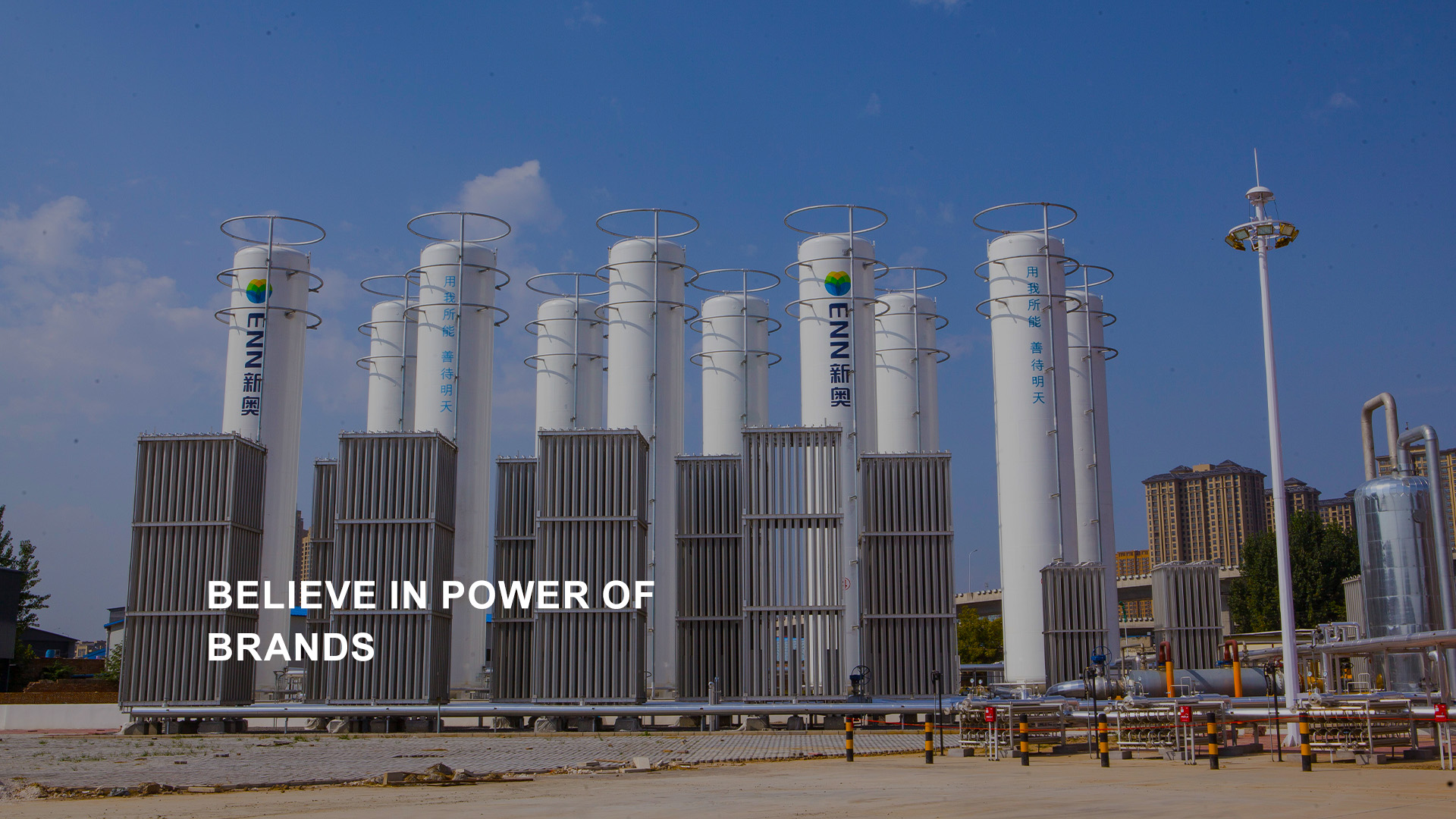
Nov . 25, 2024 00:42
Back to list
Natural Gas Distribution Facilities and Their Role in Energy Supply Management
The Role of Natural Gas Distribution Stations in Modern Energy Infrastructure
Natural gas has become an essential component of the global energy landscape, providing a cleaner alternative to coal and oil for electricity generation and heating. Natural gas distribution stations play a critical role in ensuring that this valuable resource reaches consumers safely and efficiently. These facilities serve as a key link in the transportation and distribution of natural gas, facilitating its journey from production sites to end users.
A natural gas distribution station, also known as a city gate station, is typically located where the gas supply enters a municipality or large industrial facility. Its primary functions include regulating pressure, removing impurities, and measuring the volume of gas distributed. The process begins with the incoming gas being subjected to pressure reduction through compressor stations, enabling it to be safely transported through pipelines into residential, commercial, and industrial areas.
One of the most important aspects of a distribution station is its role in ensuring safety. Natural gas is odorless and colorless, making it difficult to detect leaks. To address this, gas companies inject a substance called mercaptan, which imparts a distinct smell similar to rotten eggs, into the gas before it reaches consumers. Distribution stations are equipped with advanced monitoring systems designed to detect any anomalies in pressure or flow, allowing for swift identification and mitigation of potential leaks. Regular maintenance and inspections are also critical to ensuring the integrity of the entire distribution system.
Environmental considerations are increasingly shaping the operations of natural gas distribution stations. As the world moves towards more sustainable energy sources, natural gas is often regarded as a bridge fuel due to its lower carbon emissions when compared to traditional fossil fuels. Distribution stations are being upgraded to incorporate technologies that minimize methane emissions, which is crucial since methane is a potent greenhouse gas. Technologies such as infrared cameras and drones are being employed to detect leaks more effectively, thereby enhancing the sustainability of natural gas distribution.
natural gas distribution station

Furthermore, the reliability of natural gas distribution systems is paramount. Modern society is heavily reliant on continuous access to energy for everyday activities such as cooking, heating, and powering appliances. Natural gas distribution stations are designed to maintain a steady and reliable flow of gas, which is vital during peak demand periods, such as winter months or during severe weather events. Investments in infrastructure, like the installation of redundant systems and backup power supplies, are essential to prevent service disruptions.
The integration of renewable energy sources into the existing natural gas infrastructure is another evolving trend within the industry. As more renewable energy sources, such as wind and solar, are utilized, there is an increasing need for energy storage solutions. Natural gas distribution stations can potentially serve as hubs for storing energy generated from renewables, using technologies like power-to-gas. This system converts excess electricity into hydrogen or methane, which can then be injected into the natural gas grid, providing a versatile solution for energy management.
Looking ahead, the future of natural gas distribution stations will be characterized by further technological advancements and an increased focus on environmental sustainability. As the energy sector continues to evolve, distribution stations will adapt to new regulatory frameworks, community expectations, and emerging technologies to meet the changing needs of consumers and the environment.
In conclusion, natural gas distribution stations are vital components of the energy infrastructure that ensures the safe, efficient, and reliable delivery of natural gas to households and businesses. With an eye toward safety, environmental responsibility, and technological innovation, these facilities are well-positioned to play an important role in the transition to a more sustainable and resilient energy future.
Next:
Latest news
-
Safety Valve Spring-Loaded Design Overpressure ProtectionNewsJul.25,2025
-
Precision Voltage Regulator AC5 Accuracy Grade PerformanceNewsJul.25,2025
-
Natural Gas Pressure Regulating Skid Industrial Pipeline ApplicationsNewsJul.25,2025
-
Natural Gas Filter Stainless Steel Mesh Element DesignNewsJul.25,2025
-
Gas Pressure Regulator Valve Direct-Acting Spring-Loaded DesignNewsJul.25,2025
-
Decompression Equipment Multi-Stage Heat Exchange System DesignNewsJul.25,2025

